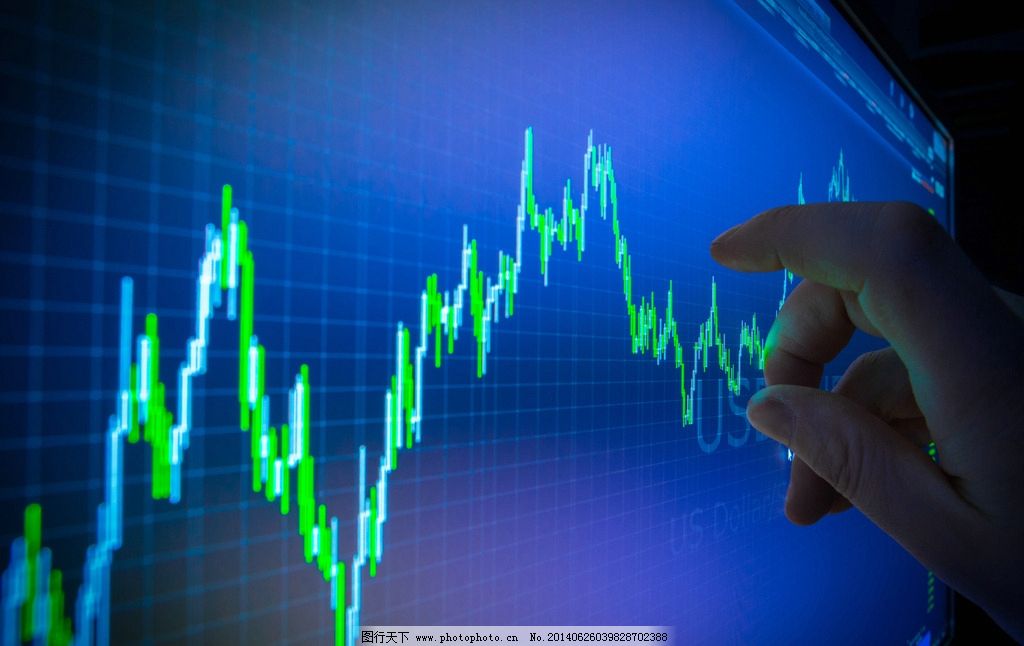
Definition of Main Force Capital in Capital Flow Trends, and How to Analyze and Judge Main Force Capital Flow
To understand main force capital flow, we first need to clarify what "main force" means. Main force refers to large-scale capital that significantly impacts individual stock prices, collectively referred to as main force capital. This includes private equity funds, public funds, social security funds, pension funds, Central Huijin, securities firms, foreign capital (QFII and northbound capital), securities company institutional funds, hot money, and major corporate shareholders. The primary capital segments that easily cause fluctuations in the entire stock market are usually northbound capital and securities firm institutional funds. This answer also explains who the market manipulators ("stock bankers") are.
Generally, "north" refers to stocks in the Shanghai and Shenzhen markets, so Hong Kong and international capital flowing into the A-share market are called northbound capital. "South" represents Hong Kong stocks, which is why mainland Chinese capital flowing into Hong Kong stocks is called southbound capital. The reason northbound capital requires attention is that it is backed by a strong investment research team, earning it the nickname "smart money." Often, investment opportunities can be identified by observing the movements of northbound capital.
To analyze main force capital flow, consider the following methods:
-
Stock Trading Highlights (Longhu Bang): Tracking the Longhu Bang can reveal main force capital flow. If the list shows "institutional buying," it indicates main force capital inflow; "institutional selling" suggests main force capital is offloading stocks.
-
Northbound Capital via Stock Connect: A positive net purchase or inflow in the Stock Connect indicates northbound capital is entering the A-share market or buying specific stocks. Negative net purchase data means northbound capital is exiting.
-
Large Orders in Trading Software: Monitor details like intraday transaction records, large-order inflows/outflows, and top stocks by main force inflow. Net inflows or purchases generally indicate main force capital entering. Conversely, large-order outflows or discounted block trades may signal main force capital exiting. However, by the time these signals appear, the main force may have already completed accumulation. Thus, investors must analyze from a technical perspective and position themselves early to maximize gains.
Typically, main force capital outflows lead to stock price declines, but the following scenarios can
cause prices to rise despite outflows:
-
Heavy Main Force Outflow Offset by Retail Buying: If the main force exits significantly but retail investors or hot money remain bullish and buy heavily, with purchases exceeding outflow amounts, stock prices may rise.
-
Main Force Shaking Out Weak Hands (Wash Trading): During wash trading, the main force may deliberately create outflows while prices edge up, tricking retail investors into panic selling. After completing the shakeout, the main force will drive prices higher.
















